The lustrous allure of mercury glass ornaments, with their shimmering silvery finish and opulent radiance, has captivated people for centuries. Deriving its name from its mercury-like appearance rather than actual mercury content, mercury glass holds a rich history and heritage that dates back to the mid-19th century. Spanning from the historical creation and evolution to their impact on cultures across the globe, the significance of these ornaments is as compelling as their beauty. Beyond their historical context, the intricate craftsmanship involved in creating these ornaments along with their diverse usage in home decors and festive occasions adds a unique charm to them. Furthermore, the expanding world of collectors and enthusiasts underscores their aesthetic and financial value, offering a fascinating world for interested beginners.
History of Mercury Glass Ornaments
The Origins of Mercury Glass Ornaments
Mercury glass, also known as silvered glass, was first created in Germany during the mid-19th century. Born out of the desire to compete with the costly solid silver pieces of the period, artisans were inspired to create an affordable yet glamorous alternative. This led to the invention of mirror-like, shimmering glass objects that exuded a silver glow without the exorbitant price tag. They achieved this through a double-walled glass crafting method that involved filling the cavity with a solution of silver nitrate and grape sugar, before sealing it off. Despite the name ‘mercury glass,’ actual mercury was rarely used due to its toxic nature.
Historical Evolution and Cultural Value of Mercury Glass Ornaments
Originating in Germany, mercury glass rapidly gained popularity across Europe and America, especially during the Victorian era. At first, they were used in crafting elegant glassware and jewelry, however, they eventually found their way into charming ornaments that embody the Christmas spirit. Interestingly, due to economic strains and a tin shortage sparked by World War II, these glass ornaments skyrocketed in popularity as decorations for Christmas trees in the United States.
More than just decorative pieces, mercury glass ornaments carry deep cultural significance across different societies. In Germany, they are symbols of the thriving innovation and craftsmanship of the 19th century. Americans view them as nostalgic echoes of the past, reminders of warm family Christmases long ago. Presently, mercury glass ornaments are cherished as heirlooms and ornamental items valued for their age-old charm and mesmerizing reflective beauty. Their enduring appeal shows that the simple mercury glass ornament has successfully passed the test of time.
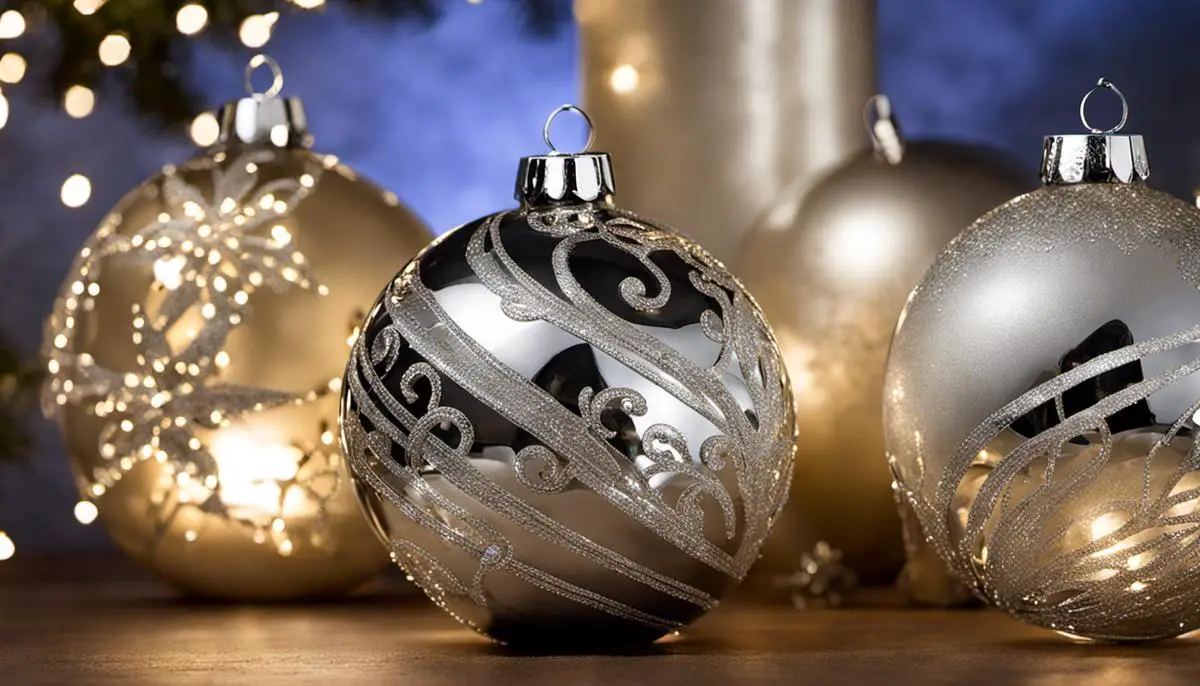
Making and Decorating with Mercury Glass Ornaments
Process of Making Mercury Glass Ornaments
Often referred to as the “poor man’s silver,” mercury glass ornaments are traditionally created by applying a double coat of a silvering solution to the interior of a glass ornament, resulting in a shiny, mirror-like finish. The manufacturing process begins with a clear glass ornament split into two. The inside of the glass is coated with a mixture of water, vinegar, and metallic silver nitrate. The ornament is then sealed and vigorously shaken to disperse the solution uniformly. Once dried, a second coat is applied in the same manner. The term “mercury” actually comes from earlier production methods that incorporated mercury in the silvering solution. However, modern productions have phased out the use of hazardous mercury in favor of safer substitutes.
Mercury Glass Ornaments: Beautifying Your Decor
Adding mercury glass ornaments to your home or special occasion decor incorporates a sense of vintage elegance. During the festive Yuletide period, these gorgeous adornments can oust the regular ornaments, providing a traditional yet sparkling charm to your Christmas tree. Their reflective quality pairs perfectly with twinkling holiday lights, creating a delightful shimmer. However, their use isn’t limited to the holiday season. These ornaments can serve as glamorous accessories around your home all year round. They can fill decorative bowls, hang from windows, or artfully grace your table as centerpiece accents. At special events like weddings or parties, they can further offer a touch of sophistication to the overall theme. The secret lies in leveraging their gleaming allure to either be the center of attraction or enhance other decor pieces in your setup.
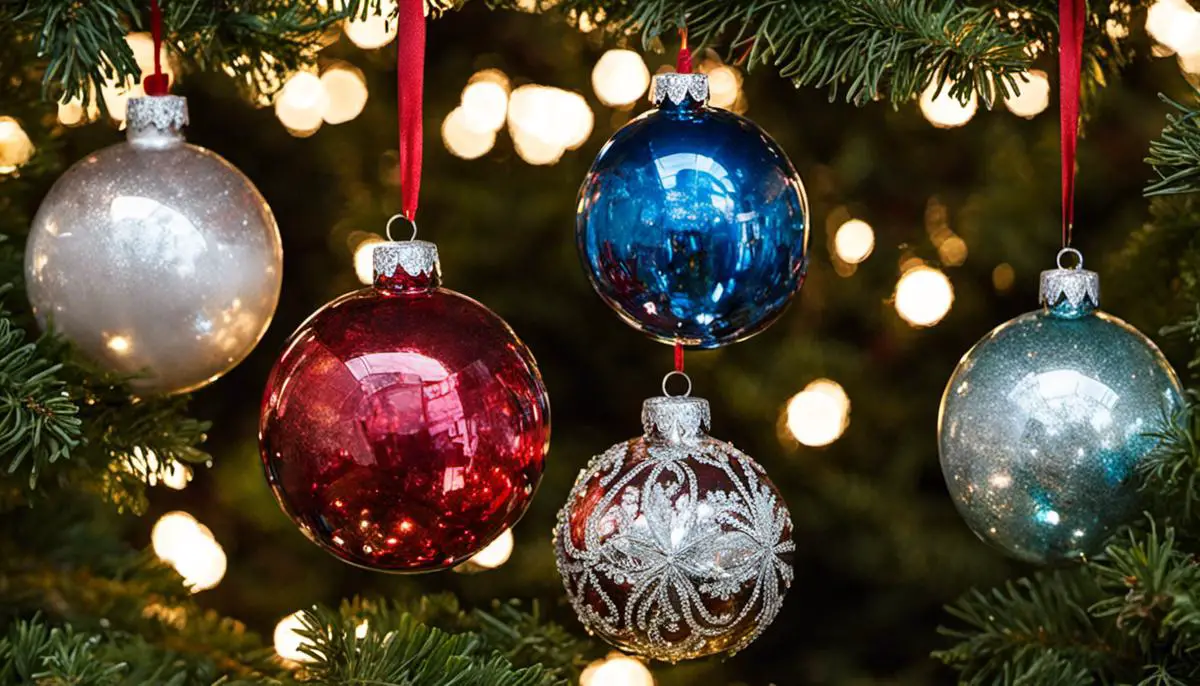
Collecting and Maintaining Mercury Glass Ornaments
How to Curate a Mercury Glass Ornaments Collection
Starting your own mercury glass ornaments ensemble entails knowing the right places to find authentic pieces. You can count on antique stores, auctions, and estate sales to have genuine mercury glass items. Renowned online platforms like eBay and Etsy also stock such sophisticated ornaments, but prior to making a purchase, ensure the seller is reputable with positive reviews. Also, websites of antique dealers or collectors’ groups can be a great resource for tracking down these ornaments.
To ensure the authenticity of your collection of mercury glass ornaments, look out for signs pointing to the age and manufacturing process of the pieces. Genuine mercury glass ornaments typically weigh more due to the double walled design. Moreover, a hand-blown piece will usually have a pontil mark on the bottom, another indication of real mercury glass.
Handling and Price Evaluation of Mercury Glass Ornaments
Pricing mercury glass will depend on several factors, mostly age, condition, and rarity. Older and rarer pieces in excellent condition can command higher prices than common or newer items. Consulting appraisal guides or seeking expert consultation can assist in correctly pricing your pieces.
When handling and cleaning mercury glass ornaments, be gentle. They are delicate and can break easily. Do not immerse them in water or use abrasive cleaners. Instead, dust them gently with a soft, lint-free cloth. Use a mild soap and a damp cloth for more stubborn dirt, but be careful not to rub too hard or you may damage the silvering. Direct sunlight and extreme temperatures can also cause damage or fading of the silvering, so store and display your collection in a cool, dimly-lit location.
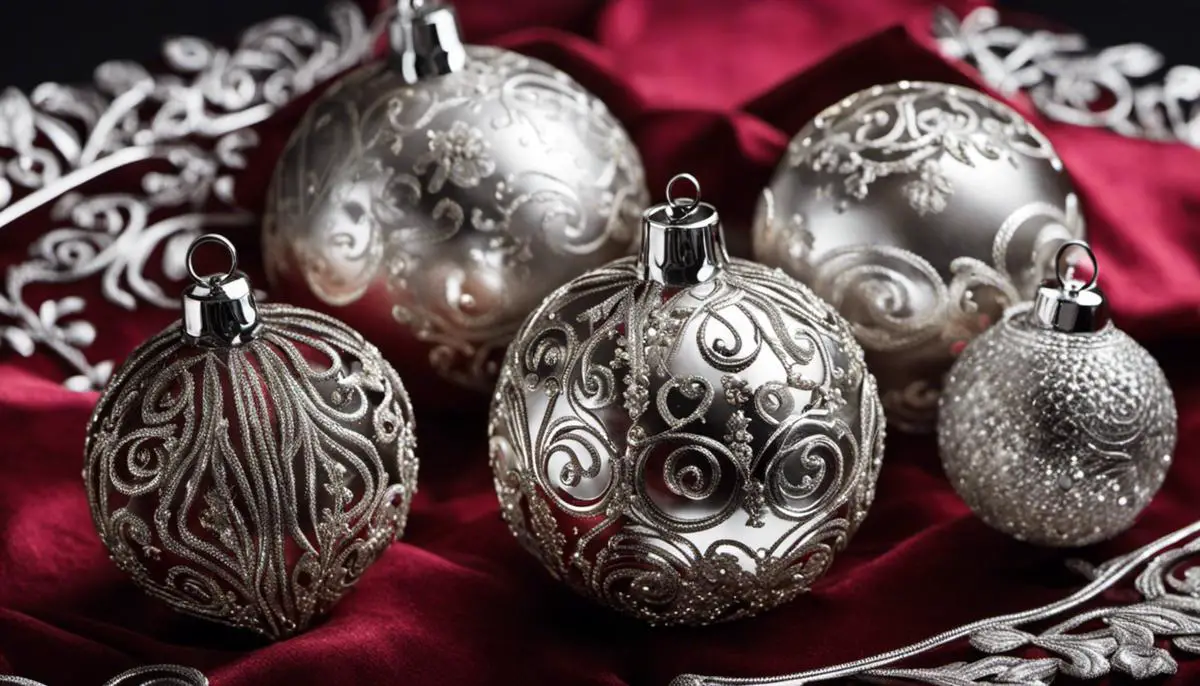
Starting a collection of mercury glass ornaments presents a thrilling journey into the past, tracing global cultural histories and craft trends, while owning a piece of this artistic legacy. This hobby not only lets one appreciate the beauty and craftsmanship behind each piece but also offers a chance to learn assessment skills like authenticating and pricing these valuable items. While the joys of owning these exquisite ornaments are numerous, it also entails the responsibility of preserving their original beauty through proper handling and cleaning. With every piece of mercury glass telling a unique story of its origin, design, and journey, owning, collecting and maintaining these ornaments is akin to preserving a slice of history.

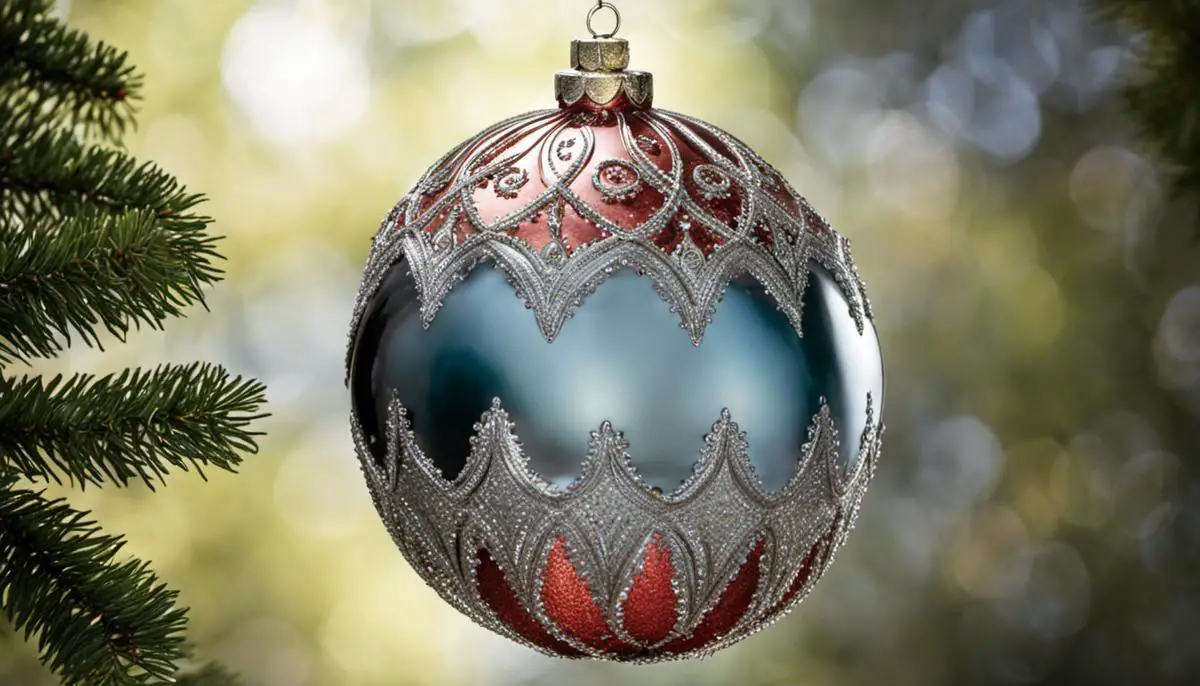
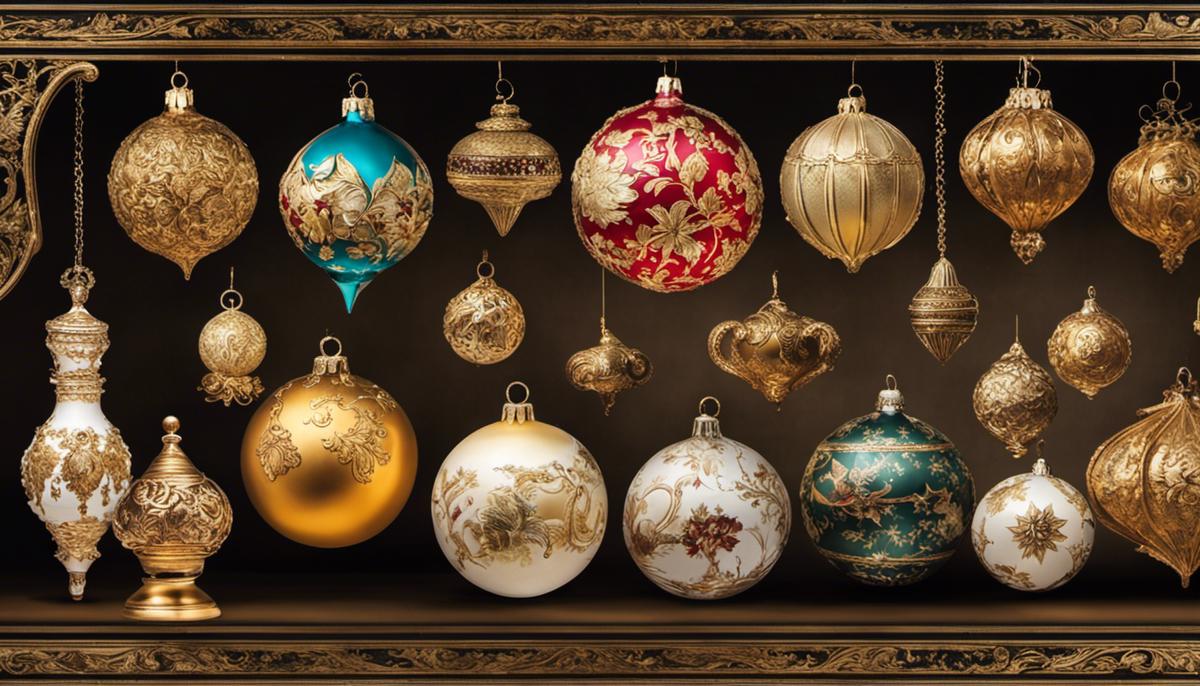
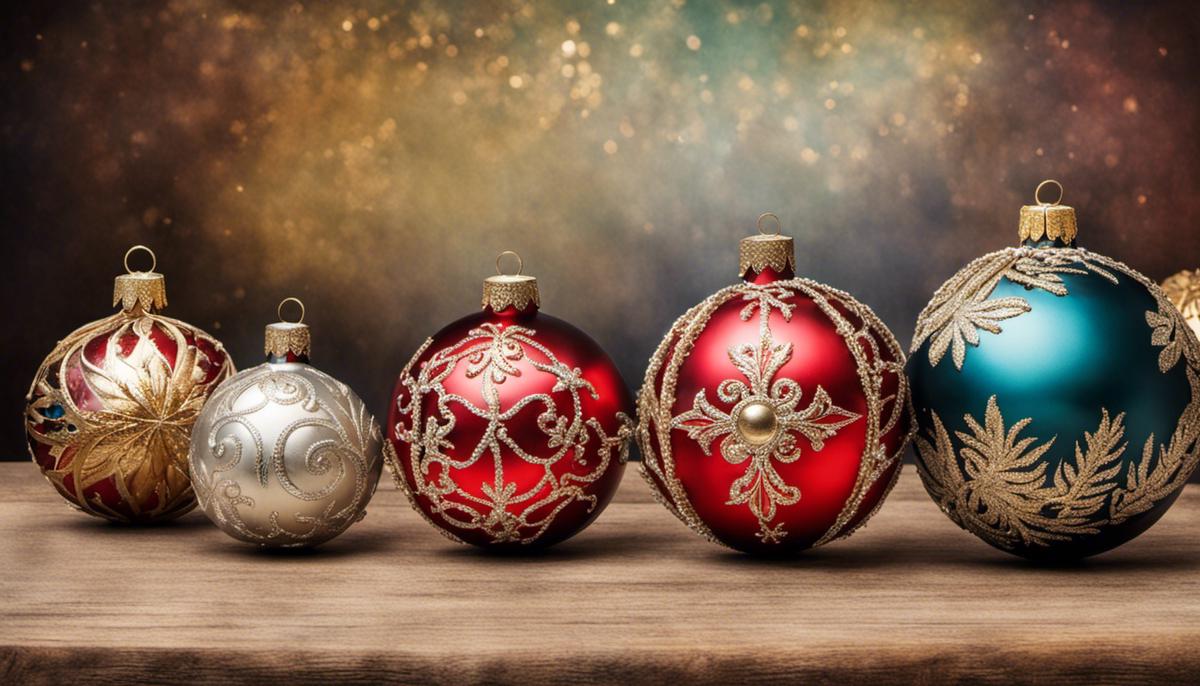
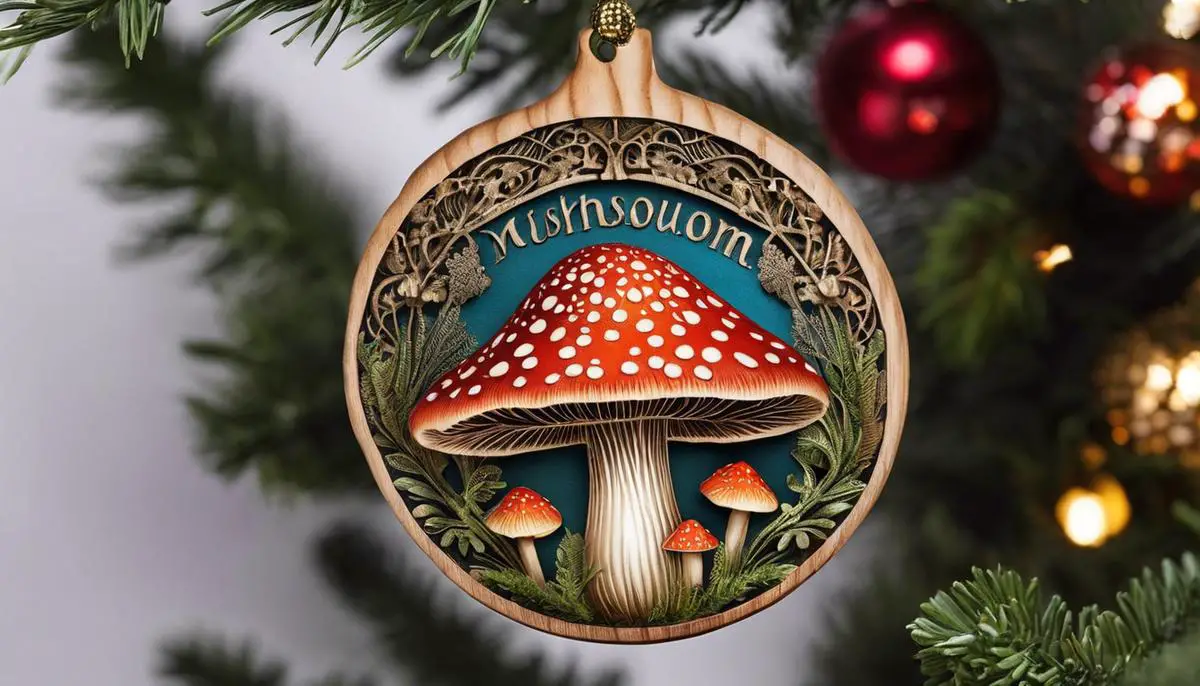
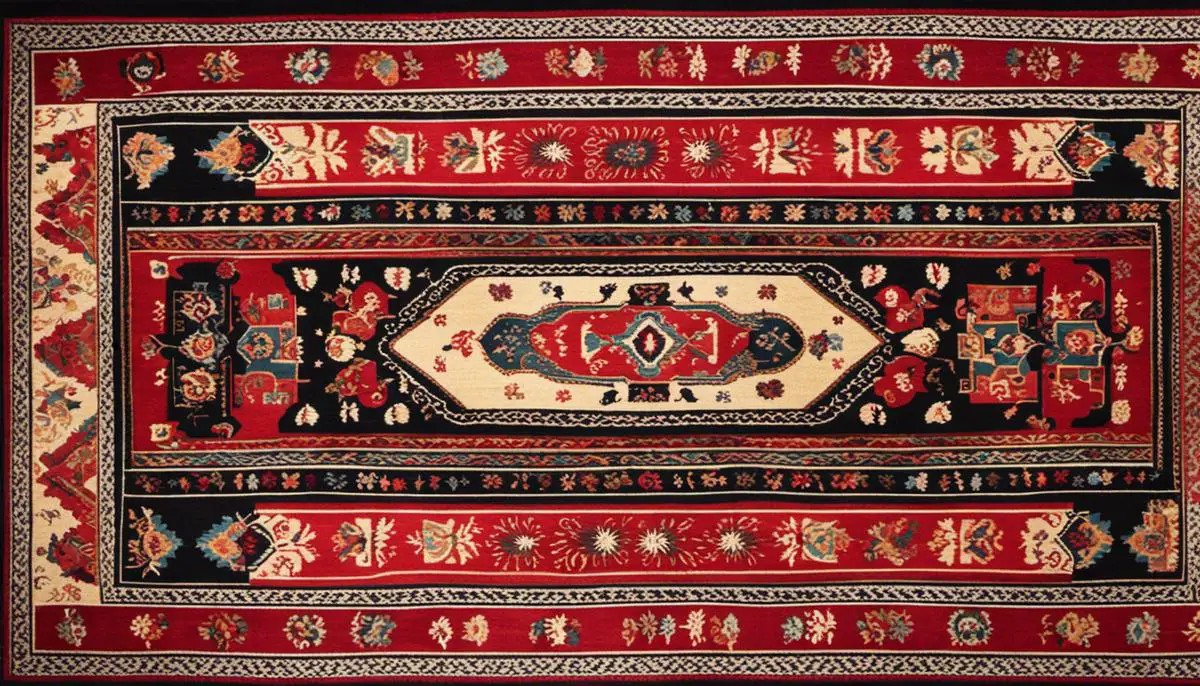

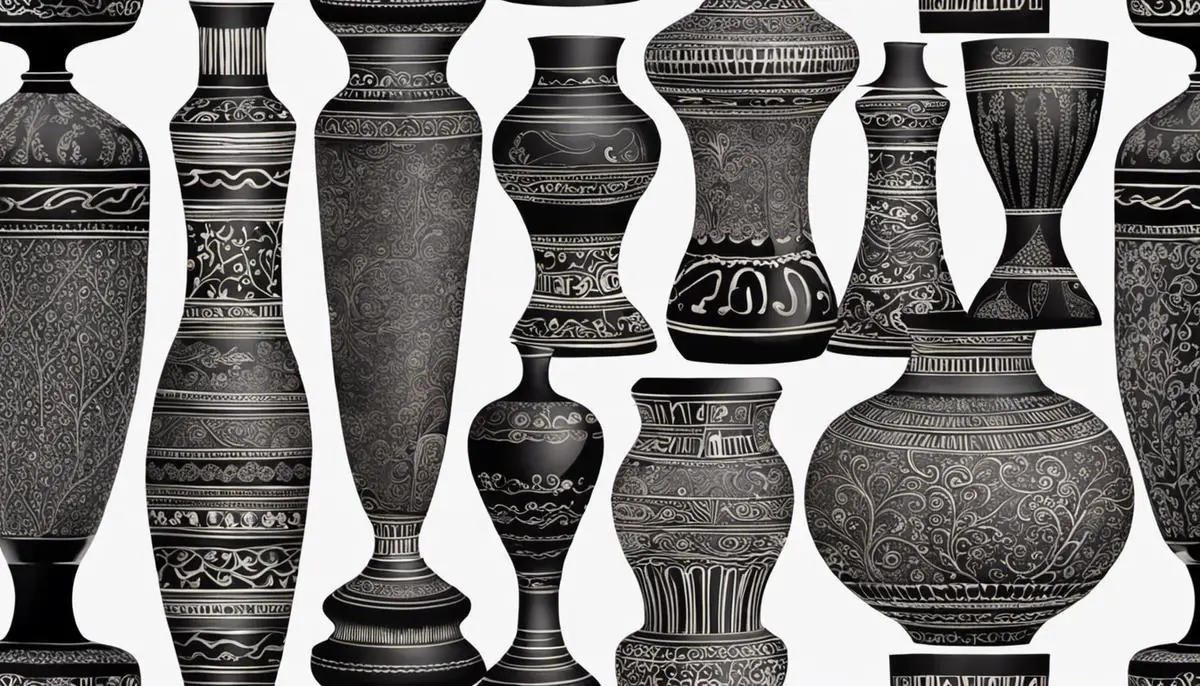

Leave a Reply